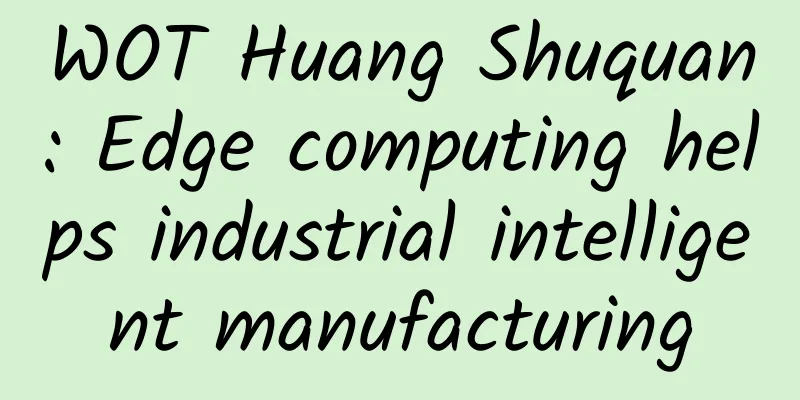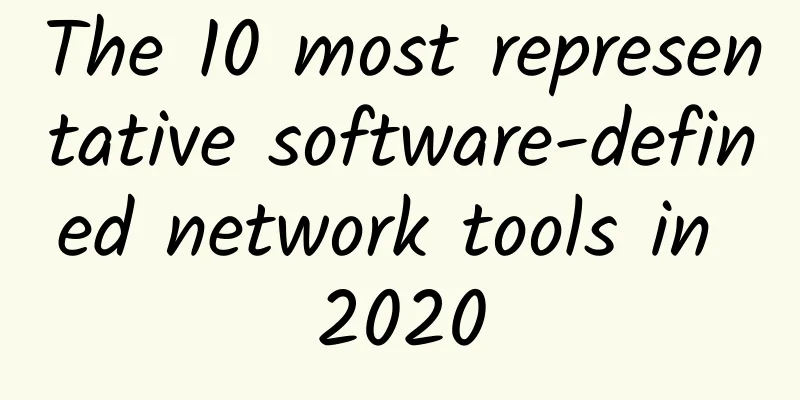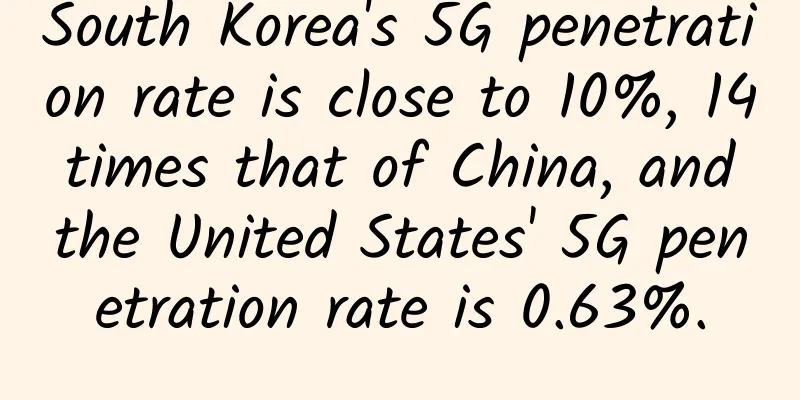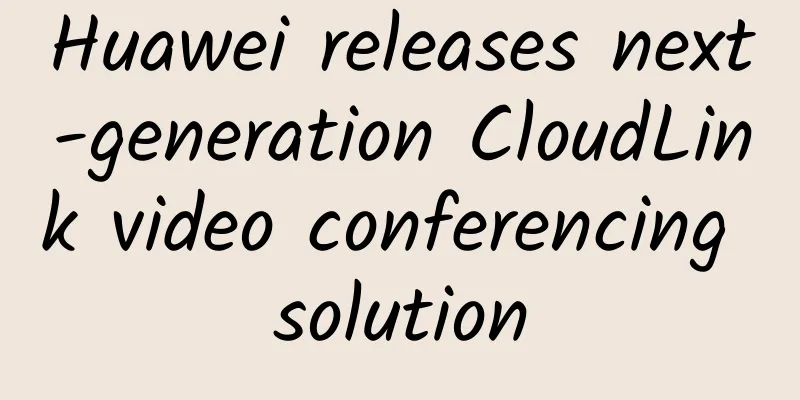WOT Huang Shuquan: Edge computing helps industrial intelligent manufacturing

|
[51CTO.com original article] On May 18-19, 2018, the Global Software and Operation Technology Summit hosted by 51CTO was held in Beijing. Technical elites from global companies gathered in Beijing to discuss the forefront of software technology and jointly explore the new boundaries of operation technology. In this conference, in addition to the star-studded main forum, the 12 sub-forums were also unique. At the "OpenStack Innovation and Practice Sub-forum" forum, Huang Shuquan from Jiuzhou Cloud gave a wonderful speech on the topic of edge computing. His speech was mainly divided into three parts, namely the rise of edge computing, the technical framework of industrial intelligent manufacturing, and specific cases in the textile industry. It is reported that Huang Shuquan's speech at WOT this time can be described as a fusion of essence and full of dry goods.
From cloud computing to edge computing As we all know, the concept of cloud computing was proposed in the 1960s. In the 1990s, people began to package the concept of cloud. The earliest cloud was actually based on the evolution of virtualization technology. Virtualization technology did not first appear on the x86 platform that we are familiar with now, but on IBM's minicomputers and mainframes. In the 1990s, VMware began to introduce virtualization technology to the x86 platform. It is precisely because the x86 platform has better support for virtualization technology, including the gradual maturity of the KVM project, that cloud computing has exploded. Around 2005-2006, Google released a series of cloud services, and Amazon also released the EC2 service. OpenStack, released in 2010, can build a complete cloud computing platform. As an open source cloud computing management platform, OpenStack can help users use KVM or other virtualization technologies and integrate open source storage technologies. Since this period, OpenStack has become a standard in the field of cloud computing open source, and then there has been the booming development of cloud computing in the past decade. With the development of cloud platforms, enterprises with high business requirements may build private clouds, mainly for internal system services. For capable manufacturers with IDC resources, they may gradually transform into public clouds. They can also use OpenStack technology to build a complete set of public cloud services and then provide services to the outside world. Some enterprises can also use hybrid cloud services to meet internal needs. It can be said that cloud computing has been the dominant computing model in the past decade. With the development of mobile devices, most of the computing power has been placed on the back end. The development of cloud computing has given rise to large-scale data centers. It is precisely because of this ultra-large-scale data center that we can strengthen the resource sharing concept that we first proposed, allowing us to reduce user costs and reduce overall operating costs. After introducing the rise of cloud computing, Huang Shuquan began to talk about his own company, Jiuzhou Cloud. Jiuzhou Cloud is one of the earliest companies to do OpenStack. With OpenStack as the core, it provides a complete set of cloud computing solutions. It has been paying attention to OpenStack since 2011. Jiuzhou Cloud's focus on edge computing is not a sudden decision, but a natural thing. Huang Shuquan said that the architecture of cloud computing can also be reused in the field of edge computing. In order to better provide value to customers, Jiuzhou Cloud has invested its accumulation in cloud computing into edge computing projects. Jiuzhou Cloud is doing open source community, constantly asking for and giving back to the community, and is committed to bringing the spirit of open source to various edge computing projects. Jiuzhou Cloud has a high market share in the energy industry, financial industry and operator industry. In the development history of cloud computing, these industries are used to storing data in data centers, but with the advent of 5G, edge computing has become possible. The development vision of edge computing is to have a flexible framework at the edge to manage all network resources. OpenStack can also play a big role in the field of edge computing. Compared with cloud computing, the rise of edge computing is due to the expansion of cloud platform's external computing power. With edge cloud, people can interact with more IoT devices, thereby providing services with lower latency and higher bandwidth. With the trial commercialization of 5G, people can influence cloud platforms with stronger demands, and the fields outside the cloud platform are broadly considered to be edge computing platforms. Through a short video, Huang Shuquan demonstrated the significant characteristics of edge computing, namely low latency and high bandwidth. Huang Shuquan also summarized the four characteristics of edge computing: higher response speed; real-time intelligent analysis; security prevention capabilities; higher service level. Edge computing refers to the use of an open platform that integrates network, computing, storage, and application core capabilities to provide the nearest service on the side close to the source of objects or data. Talking about the current development status of edge computing, Huang Shuquan believes that edge computing refers to the ability to have a flexible software framework or architecture to manage all computing and storage network resources at the edge of cloud computing. Therefore, the problems that edge platforms have to solve are more complex, including heterogeneous environments, complex API scheduling, and scheduling of computing and storage networks. For computing and storage networks, each of these three major resources actually has a very complex form of expression. Cloud computing and edge computing are converging in architecture, and the problems they encounter are similar to some extent. Advantages of edge computing in industrial intelligent manufacturing Huang Shuquan also reviewed the development of the Industrial Revolution. The Industrial Revolution 1.0 was undoubtedly the invention of the steam engine, which brought new power to people. The Industrial Revolution 2.0 developed electricity, making it more convenient to use a variety of automated equipment that used electricity as the main energy source, thus achieving large-scale production. By the time of the Industrial Revolution 3.0, people had integrated circuits, which enabled relatively programmable automation of some complex processes. Then, the Industrial Revolution 4.0, its biggest feature is networking. As mentioned above, intelligence + networking is a very important feature of Industry 4.0. What role does edge computing play in it? Edge computing is like our nerve endings, which gives us intelligence on every connected device. The intelligence of the edge can be compared to when a person's finger touches a flame, the finger will instinctively retract quickly, which is the quick response that edge computing should bring. The edge gives many IoT devices the ability to perceive, and then uploads the collected information to the cloud computing platform for analysis. The cloud then pushes the integrated information to the edge, thereby continuously improving the intelligence level of the edge. From this, we can see that the most basic layer for the industrial Internet system is the edge computing layer. It mainly includes device access, data analysis, and edge data processing. After processing, the data can be fed back to the central server and the IaaS layer in the cloud, such as the common cloud infrastructure built using OpenStack. Cloud infrastructure can manage thousands of edge devices and aggregate all data. After aggregation, the industrial PaaS platform's industrial-specific component services can be used, such as machine learning, visualization, data cleaning, model building, etc. The next layer is the application layer. After the data is analyzed and processed, the application layer can directly control certain production lines through industrial application systems, and can also make some reports and finally provide them to the company's leaders for analysis. In addition, the life of the equipment is analyzed based on the sensor conditions of all equipment to replace the production line, predict production volume, and so on. Finally, Huang Shuquan introduced the advantages of edge computing using the textile industry as an example. The textile industry has a common process called "cloth inspection". In the past, it was done by manpower, using the naked eye to observe the defects on the cloth, and then selecting and modifying the cloth. Nowadays, computer vision methods can be used to replace manpower to inspect the cloth. Jiuzhou Cloud uses cameras to monitor the rolling cloth. Once a defect is found, it immediately orders the cloth to stop rolling and then cuts off the defective point. After using edge cloud computing equipment, an edge computer can be installed on each cloth inspection machine to detect defects on the cloth at any time and correct them at any time. After that, all the data is uploaded to the central cloud computing platform for more optimized analysis. This can avoid some disadvantages of manual operation and save time and cost for enterprises. The speeches of the speakers at this WOT Summit are compiled and edited by 51CTO. If you want to know more, please log in to WWW.51CTO.COM to view the relevant content. [51CTO original article, please indicate the original author and source as 51CTO.com when reprinting on partner sites] |
>>: Wi-Fi Alliance launches next-generation WPA3 security certification program
Recommend
What happens when you enter a URL in your browser (Part 4): Network packets are transmitted in a LAN - how routers and switches forward packets
In the previous section, we introduced how networ...
Facing the high pressure of price war, how will Yunfan Accelerator choose to break through?
[51CTO.com original article] What kind of CDN ven...
IPv6 is finally going to replace IPv4, are you ready?
What to do on the weekend? The weather is so cold...
Ministry of Industry and Information Technology: There are more than 1,500 "5G+Industrial Internet" projects nationwide
[[402918]] Recently, the Ministry of Industry and...
Yecao Cloud's New Year's Big Offer: Hong Kong VPS annual payment starts from 138 yuan, Hong Kong dedicated server starts from 299 yuan/month
Yecaoyun has announced a huge discount event for ...
Won the award again! Ruijie Networks won the title of "2021 ICT Industry Influential Enterprise"
On January 6, the "2022 ICT Industry Trends ...
F5 Powered by NVIDIA BlueField-3 DPU Accelerates AI Application Delivery
F5 recently announced the launch of BIG-IP Next f...
It may be too early to claim that 5G package user development has cooled down
[[384501]] The three major operators all released...
Kurun: $59/year-2GB/40GB/1TB@500M/China Telecom CN2 GIA/China Unicom CUII9929/China Mobile CMIN2
Kurun is a domestic merchant founded in 2019. Its...
Ministry of Industry and Information Technology: 5G traffic price is 4.4 yuan/GB, down 46% in two years, and will continue to drop in the future
According to China News Service, on March 1, the ...
What are the differences between 1G, 2G, 3G, 4G, 5G and 6G networks of China Mobile, China Unicom and China Telecom?
With the development of the times, people are pur...
Should you upgrade your 5G package? Read this article before deciding
Recently, I often receive such calls on my two mo...
Five things you need to know about the current state of 5G
5G is a rare combination of national will and mar...
12 minutes to help you understand the OSI seven-layer model and the TCP/IP five-layer model
1. OSI Reference Model 1. Origin of OSI OSI (Open...
Dewu CDN domain name convergence and multi-vendor disaster recovery optimization practice
Background Too many CDN domain names cause reques...









